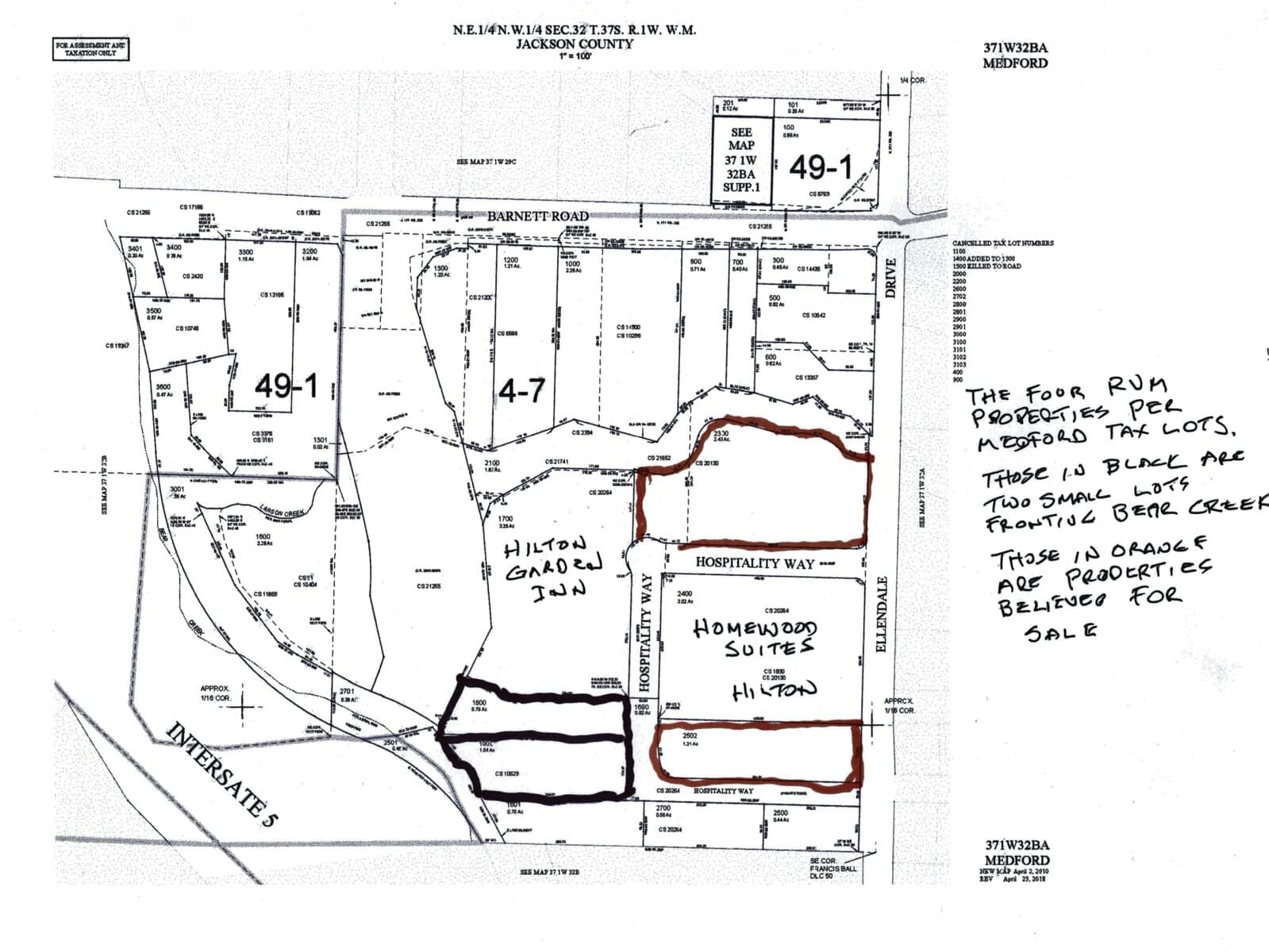by Bob Buddemeier
INTRODUCTION: I was recently privileged to be asked to organize a resident review of a draft RVM document on handling of pets in a wildfire evacuation. I say “privileged” because I am committed to emergency preparedness and to resident consultation on RVM actions, and (disagreement on details notwithstanding) I believe that the RVM Administration is too.
I contacted a group of 6 pet-owners. After two rounds of email discussion it seemed clear to me and to the RVM representative (based on my report) that more preparation is needed before going ahead with meetings and joint discussion, especially considering current RVM staffing limitations and the fact that fire season is 6-7 months away.
Perhaps foolishly, I have decided to attempt to lay out the issues in hope of fostering understanding. My qualifications: (1) Pet owner – currently 2 cats, with a history of many others. (2) Professional training and responsibility for both public and employee safety and preparedness. (3) Six years of involvement in various relevant RVM resident activities and organizations.
This article is based primarily on my own knowledge, ignorance and opinions. I do not pretend, and do not want, to speak for RVM or for the residents as a group. The intention is to present the issues, as I see them, so that readers can develop more informed opinions of their own and carry out more effective communication. The article is long (especially including the appendices), partly because I am a wordy writer, but mostly because it is a complex subject with many components. I hope you will read it.
Note: This article addresses pets and companion animals, fully trained service dogs may be an exception.
External sources:
https://training.fema.gov/emiweb/downloads/is10comp.pdf FEMA Course: Animals in Disasters, Module A Awareness and Preparation
https://www.redcross.org/get-help/how-to-prepare-for-emergencies/pet-disaster-preparedness.html
American Red Cross
https://www.humanesociety.org/resources/make-disaster-plan-your-pets
Humane Society
https://thecomplement.info/2021/09/14/pet-preparedness/
by Victoria Gorrell, based on https://www.ready.gov/pets
Evacuations and Pets
Most of us have had the experience of combining two good ideas or actions, only to find out that the combination produces more problems than obvious benefits. Will this be the case with proposed evacuation of pets and pet owners in response to a wildfire threat to RVM?
Right Thing #1: Having pets. There is abundant evidence that people with pets are, on average, more mentally, physically, and socially healthy. Most retirement and care facilities encourage permanent or surrogate pets.
Right Thing #2: Emergency preparedness and disaster response. People, organizations, and communities that have plans and equipment to deal with dangerous and disruptive events are better positioned to survive and recover than are those without preparation.
What about emergency preparedness with pets included in the mix? Well, that can get a little tricky. This article looks at some of the issues at Rogue Valley Manor, a pet-friendly retirement community that is working to improve its level of emergency preparedness.
Background: In September of 2020, the Almeda fire forced a first-ever evacuation of RVM. At that time there was no recommended response option but to leave the campus (although some residents chose not to do so). The evacuation was accomplished successfully, with no resident or staff losses or injuries. An immense amount of credit is due to RVM management and staff for accomplishing this, much of which had to be improvised on the fly.
However, there were many lessons learned. Communication was a problem. The total evacuation required several hours – if the fire had continued moving north with the speed and intensity it demonstrated in the Ashland to Talent stretch, the outcome might have been far less favorable. Occupants of the licensed facilities were transported substantial distances – successfully, but that is not the most desirable scenario. Residents were scattered widely, with many finding refuge at the Country Club, some at the Expo, and others farther north or just car-camping.
RVM, in consultation with the Medford Fire Department, has since improved fire safety on campus and developed a different plan for responding to wildfire evacuation alerts. This plan (https://thecomplement.info/2021/08/23/rvm-campus-evacuation-guidelines-for-fire/) is based on the assessment of the high-rise (tower) buildings as being able to provide protection against any wildfire threat. The present plan is that, in the event of a wildfire evacuation alert, residents will have the option of self-evacuating off-site, or of sheltering in one of the towers. Residents in the licensed facilities will be sheltered in the towers, and tower residents will remain in their apartments unless they choose to self-evacuate. The unadvisable option to stay in place rather than evacuating anywhere will still exist.
OPINION: This is a major improvement in emergency management planning. It leaves in place all of the options that residents had before, and adds the potential for providing local shelter with travel of minimal time or distance. This is not only a huge benefit for those in the care facilities, but also for the substantial number of “independent living” residents who have limitations that would interfere with an effective self-evacuation.
Published guidance so far is preliminary. Actual implementation in case of a fire evacuation alert will require that locally-sheltering cottage residents be safely moved to the towers and accommodated there, while other residents are concurrently self-evacuating. In addition, there may need to be preparations for secondary effects on tower residents (discussed in Appendix A).
Provision has to be made for transport and accommodation for independent and for less-than-fully independent residents, and for residents in either of these categories who have pets. Residents may require assistance personally, or only with regard to managing their pets.
This is where pets and preparedness collide head-on. In an emergency, resources may be severely limited – from space on the bus to space in the shelter room to the time available to make the transition, and then to the staff time available for assistance and oversight. It can be, at least for a while, a zero-sum game – resources allocated to one group or purpose are subtracted from those available to another.
ASSUMPTIONS (= evidence-based opinions): RVM tower shelters will not be typical evacuee shelters, but will be protective bunkers, potentially in the midst of the fire. Therefore:
- The entire facility will be under the control of an Incident Commander.
- In addition to resident evacuees, the towers will have to accommodate RVM staff who remain on site.
- Traffic and space around the buildings and on access routes must be strictly controlled to permit access by firefighters and emergency equipment.
- Due to external hazards (fire, smoke, heat) the building is likely to be locked down for an extended period.
- The towers are likely to be on emergency power, if the generators can be protected from the fire. This will have multiple implications for both the permanent residents and the evacuees.
Opinions/Assumptions about animal control (a combination of “what I would do if I were in control” and “what I read in the preparedness literature”):
- Animals and people need to be segregated so that nobody is in proximity to an animal unless they choose to be, and so that animals do not pose a sanitation threat (e.g., to food facilities).
- Animals need to be confined/controlled at all times. The standard is use of kennels or carriers; whether securely tethered is an acceptable substitute is a local decision.
- Animals not confined or tethered need to be managed by a handler with the knowledge and ability necessary to maintain control.
- Housepets need to be housed indoors and where their owners can be with them, in the interest of both humane treatment and owner satisfaction.
The requirements outlined above will be somewhat challenging under conditions of accommodation, but may be particularly problematic in the mobilization and transportation stages of an evacuation. Appendix A, attached, outlines some of the specific issues that need to be considered in developing the overall emergency plan.
The details of RVM evacuation procedures are still in development, to be completed before the next fire season. As the legally responsible body, RVM must decide where to place the boundary between pet support and pet control, and how to implement or enforce it. If possible this should be done with the input and understanding of pet owners – but it has to be done, and it needs to be done with an eye to what may go wrong rather than an optimistic assumption of normality. It is essential to have plans and procedures that are clear, simple, and easily followed. Complex arrangements or finely nuanced alternative actions for various situations will be unworkable.
The bottom line for pet owners is to do advance planning and preparation. There are the three options: do nothing, go nowhere, and take the risks inherent in that; if you have or can get transportation, evacuate off-site either to a specific destination or just to anywhere else; or take advantage of shelter opportunities in the towers. It would be ideal to be prepared to take advantage of any of those, and very reckless not to be prepared for at least one.
Potential problem resolution:
Potential conflicts need to be avoided or resolved in the interest of both effectiveness of emergency response and overall community harmony. There are some possible approaches for doing so; all involve resident action or interaction.
An important preparation is to identify the number and type of pets likely to shelter in the towers (those whose owners do not plan to stay home or evacuate off-site). Also, it would be very useful to identify pet-owners likely to need assistance in case of an evacuation, and solicit volunteers to serve as helpers.
Policy and procedure formulation should involve dialog with residents (both pet owners and non-pet owners), especially those likely to remain on campus either of necessity or as volunteers.
Organizing transport and drop-off at the towers for pet-owners not able to take their animal on the RVM evacuation vehicles could speed the process for all concerned, if adequately controlled.
Identification of tower residents who would be willing to serve as hosts or pet-sitters for evacuated animals (and possibly owners) – either in general or for specific acquaintances – could take some of the pressure off the common facilities.
Formation of a cadre of resident volunteers (possibly former pet owners) to monitor and support the pet containment facilities would facilitate meeting pet and human needs without burdening staff.
Educating pet owners about the needs and requirement, once they are established.
Appendix A to Problems of Pets and Preparedness
The Pet Evacuation Dilemma
Animal behavior under stressful conditions –unfamiliar surroundings, close proximity of unfamiliar humans and other animals, and a general atmosphere of distress — are unpredictable and potentially dangerous. Incident Commanders and emergency planners do not want dog fights, dog bites, cat scratches, pursuit of loose animals, or conflicts between residents over pet management. In addition, as identified by FEMA, pet allergies and phobias are an issue. These are all at best distractions, and at worst the cause of disruptions that could seriously interfere with the primary mission of incident response.
Transportation issues
- It may be permissible for securely contained small animals (cats, small dogs) to be transported on vehicles with non-pet-owners, but it should be avoided if possible. Animals on leash, if accepted, need to be transported separately – from people, and from each other.
- Large animal containers may be difficult to transport, either in terms of the people required, or of the vehicle.
- Animals may require more control and effort than their owners can provide [comment: two of my neighbors have been pulled off their feet by their dogs – one sustaining a serious injury – and my late wife was bitten by a resident’s dog while the owner was holding its leash].
- Issues of traffic control, especially near the towers, will be important in terms of maintaining emergency access. This will be particularly the case if it is necessary to supplement RVM vehicles with private volunteer transport.
- Guides, and possibly assistants, will be needed at both the loading and unloading ends of the transportation.
Appendix B: to Problems of Pets and Preparedness
Planning and Preparation for Local Evacuation
Supplies needed for evacuated pets are well-identified in the on-line references cited, and in draft RVM guidance. Further attention needs to devoted to human evacuation preparations, however. For an on-site evacuation, cottage residents need to know what to take with them for themselves (e.g., pillow, blanket?) as well as for the animals.
The full-service go-bag recommended for disaster and off-site evacuation is not required — basic shelter, food, water and sanitation can be expected in the towers.
Residents should have basics such as medicines, masks (for smoke), contact information and identification, phones, money/credit cards, and convenience items (e.g. toilet articles).
The question of what else might be required or desirable in a local evacuation depends very much on expected conditions in the towers. Although the final decision is the responsibility of the resident, basic information is needed for informed decision making. For an on-site evacuation, cottage residents need to know what to take with them for themselves (e.g., pillow, blanket?) as well as for the animals.
Accommodation issues:
For an on-site evacuation, cottage residents need to know what to take with them for themselves (e.g., pillow, blanket?) as well as for the animals.
Tower environment considerations: Resident volunteers who assist in preparation or response, as well as staff, need to understand the probable and possible effects of going on emergency (local generator) power. This applies to managing tower residents as well as evacuees, and will probably be different for each building. What facilities, utilities and services can be counted on, and what will be the progression of loss if “load shedding” is required?
- Emergency lights and outlets – where? Will some be reserved for those with medical equipment needs?
- Will elevators run? How many? Where? If limited, how will use be managed?
- Cooling and air filtration? Will it be reliably available
- Food storage and preparation? Meal provision?
- Rest rooms (auto-flush toilets, water faucets)
- Water pumps (potable and sanitary water circulation)?
To download a PDF of this article, Click Here




 against Arabs or the other way around. But in truth, we Israelis were a proud group of intelligent people who joined together to create a start-up nation and shone with our growth and achievements. I felt safe in the state of Israel, able to walk with my head up and a smile on my face, unlike being in Europe by myself as a Jew pretending not to be one.
against Arabs or the other way around. But in truth, we Israelis were a proud group of intelligent people who joined together to create a start-up nation and shone with our growth and achievements. I felt safe in the state of Israel, able to walk with my head up and a smile on my face, unlike being in Europe by myself as a Jew pretending not to be one. In exploring the Medford tax lot website, it would appear that there are actually four separate tax parcels listed as owned by RVM. The one which is in front of the Hilton properties and has been for sale for a long time has an area of 2.43 acres. The second one further up Ellendale and backing up against the Annex has 1.21 acres. There are two separate additional parcels that front Bear Creek. One has 0.79 acres and the other 1.04 acres. One supposedly has issues with Bear Creek and I would assume that must be the one fronting Ellendale that includes 1.21 acres. Quite possibly the two smaller parcels which have Bear Creek frontage could be combined and the access to them would be off Hospitality Way which accesses the two Hilton properties. Regardless, the attractiveness as a restaurant site is questionable due to visibility. More likely the 2.43 acre site would be more attractive as a two or three story office building. Under the current situation of ongoing Covid-19 restrictions and reduction in the need for office space due to higher volumes of office employees working from home, it would seem that this property could still sit unsold without a substantial reduction in the price. The tax lot appraised valuations seem high.
In exploring the Medford tax lot website, it would appear that there are actually four separate tax parcels listed as owned by RVM. The one which is in front of the Hilton properties and has been for sale for a long time has an area of 2.43 acres. The second one further up Ellendale and backing up against the Annex has 1.21 acres. There are two separate additional parcels that front Bear Creek. One has 0.79 acres and the other 1.04 acres. One supposedly has issues with Bear Creek and I would assume that must be the one fronting Ellendale that includes 1.21 acres. Quite possibly the two smaller parcels which have Bear Creek frontage could be combined and the access to them would be off Hospitality Way which accesses the two Hilton properties. Regardless, the attractiveness as a restaurant site is questionable due to visibility. More likely the 2.43 acre site would be more attractive as a two or three story office building. Under the current situation of ongoing Covid-19 restrictions and reduction in the need for office space due to higher volumes of office employees working from home, it would seem that this property could still sit unsold without a substantial reduction in the price. The tax lot appraised valuations seem high.